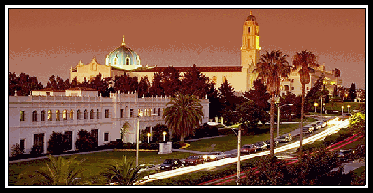
PRINCIPLES OF MICROECONOMICS
 |
| Fall 2020 |
 |
Economics 101 PRINCIPLES OF MICROECONOMICS |
|
|
|
|
||||||||||||||||||||
|
C. Technology, Production, and Costs
1. Technology
. . .
- Improvements in process Ex. - Change layout . - Better quality inputs Ex. - Training for workers, higher quality machinery . 2. Production a. Time frames
.
. b. Production function
Ex. - Pizzeria uses workers (L) and pizza ovens (K) . . . . . . . . . .
. . . . . . . . . .
.
. d. Average product of labor (APL)
. 3. Costs a. Concepts (1) Explicit costs - money actually spent Ex. - Rent paid, interest on loans, wages, cost of raw materials, cost of utilities . (2) Implicit costs - no direct payment, measured by opportunity cost Ex. - Foregone rent, foregone investment income, foregone income .
. b. Total costs (1) Total cost (TC) - cost of all inputs a firm uses in production (2) Variable costs (VC) - costs that change as output changes Ex. - Wages, cost of raw materials, cost of utilities (3) Fixed costs (FC) - costs that remain constant as output changes Ex. - Rent paid, interest on loans, all implicit costs . TC = FC + VC . Ex. - Wage (W) = $650 per worker, PK = $400 per unit of capital . . . . . . . . . .
. . . . . . . . . c. Marginal cost (MC) - change in a firm's total cost from producing one more unit MC = Change in TC / Change in Q . d. Average costs
.
.
. ATC = AFC + AVC .
. . . . . . . . . . e. Marginal / average relationship
Ex. - GPA . f. Long-run costs
Ex. - .. . . . . . . . . (1) Economies of scale - LRAC decreases as output increases
- Technology allows increased production - Greater specialization - Larger firms can purchase inputs at a lower cost - Larger firms can borrow money at a lower interest rate . . . . . . . . . . (2) Constant returns to scale - LRAC remains unchanged as output increases
. (3) Diseconomies of scale - LRAC rises as output increases
|